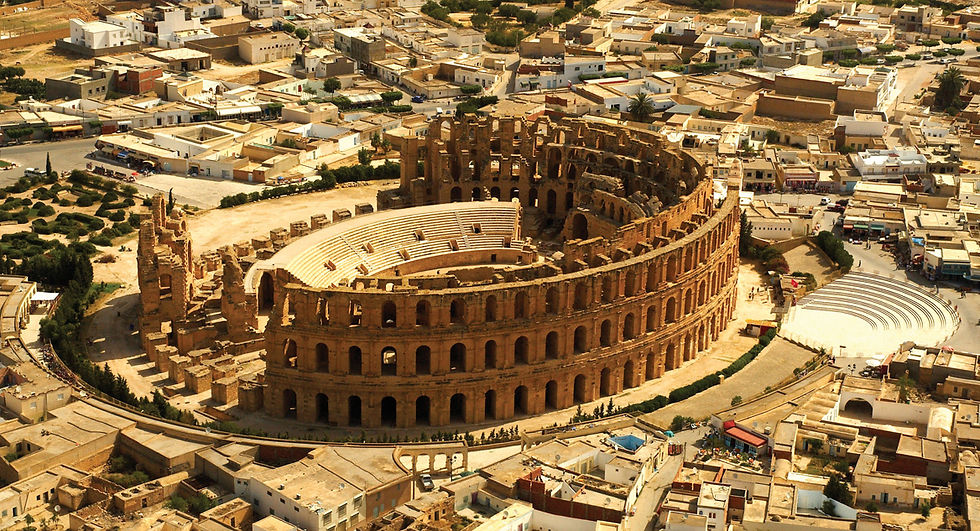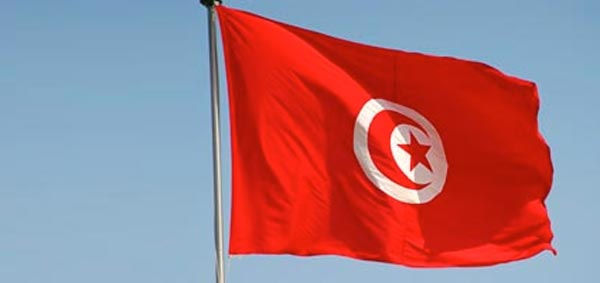The amphitheater of El Jem, one of the most beautiful historic remains
- Maher Dardour

- Feb 13, 2019
- 2 min read

In the small town of El Jem The impressive ruins of the largest colosseum in North Africa, a huge amphitheater which could hold up to 35,000 spectators. This construction of the third century shows the extent and grandeur of the Roman Empire. Its importance is such that it ranks third after Rome's Colosseum and the amphitheater of Capua.
This impressive monument, built entirely of stone is neither widened nor backed by a hill. It is elliptical in shape, is 148 m long and 122 m wide and rises to a height that reaches 36 m. It contains to date arcades arranged on three levels of underground galleries and columns.
The amphitheater of El Jem is an exceptional testimony of Roman architecture, particularly that of monuments built for the purpose of entertainment in Africa.
A smart building
The construction of the amphitheater is modeled from the Coliseum but not a single copy of the Flavian building. Manufacturers now know reduce blind spots and integrate operating elements, including the galleries passing under the ring and communicating with the outside.
The amphitheater is composed of steps, the cavea, divided into three parts separated by railings and each served by a specific staircase. A podium is reserved for VIPs and spectators are distributed in the social hierarchy of the city.
In the arena are held hunts wild, gladiator fights. A recessed floor provides access to the lower galleries. Below the arena, the two galleries are lined with sixteen vaulted rooms where wild animals are trapped. A small gallery with two openings for hoisting cages of wild beasts, with a lift up to the arena.
Long reduced to only role of a historical monument, the Colosseum of El Jem has for nearly two decades, used as welcoming cultural space in summer symphonic music festival of El Jem and other artistic experiences. He welcomed some orchestras including the Orchestra of the Opera Ball in Vienna, the National Symphony Orchestra of Algeria, the Philharmonic Orchestra of Rome, Globalis Symphony Orchestra Moscow, the Tunisian Symphony Orchestra, the orchestra 100 gypsy violins ...









Comentarios